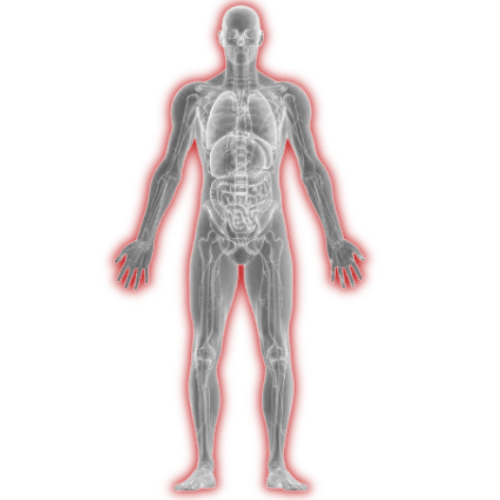
PID is a class of inherited disorders of the immune system that predispose individuals to an increased rate and severity of infection, immune dysregulation with autoimmune disease and malignancy. A high rate of comorbidities can occur with PID, including pulmonary diseases, rheumatological diseases, and autoimmune disease.
Infections occurs in various part of the body, usually the skin, sinuses, throat, ears, lungs, brain or spinal cord, urinary or intestinal tracts
These infections are characteristically repetitious, difficult to treat or unusually severe.
There are more than 450 primary immunodeficiencies recognized by the International Union of Immunological Societies. There are approximately 500,000 people affected in the United States as estimated by NIH.




